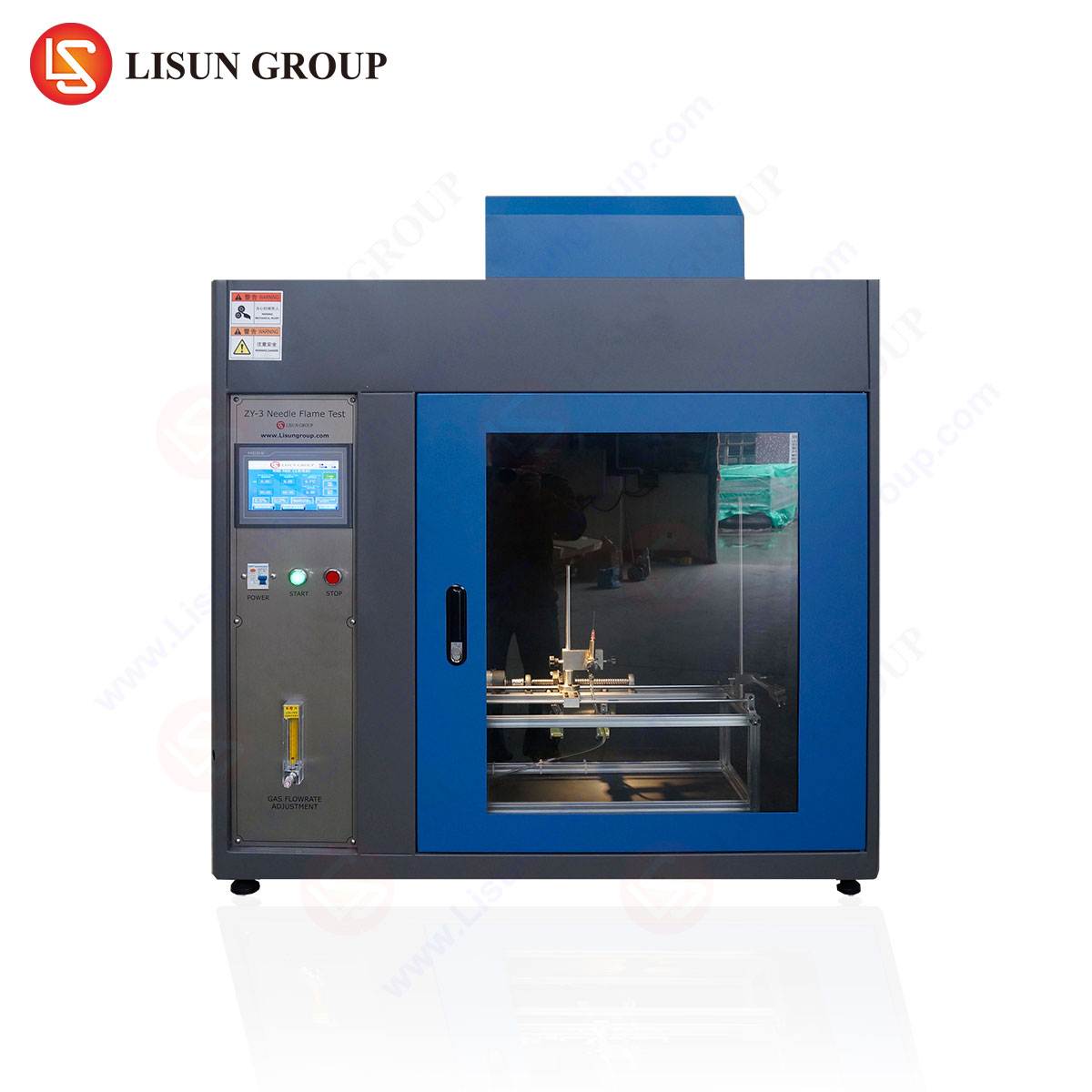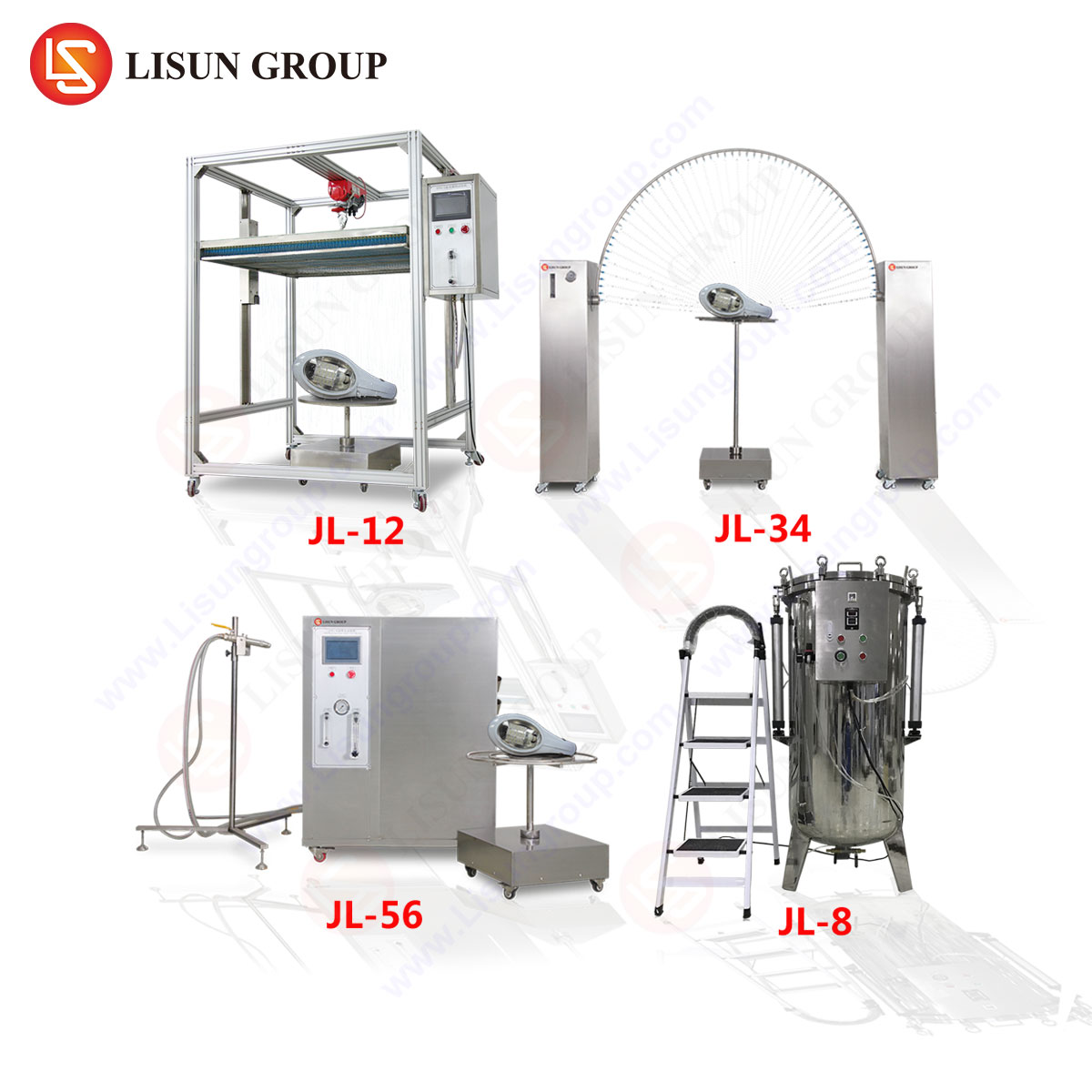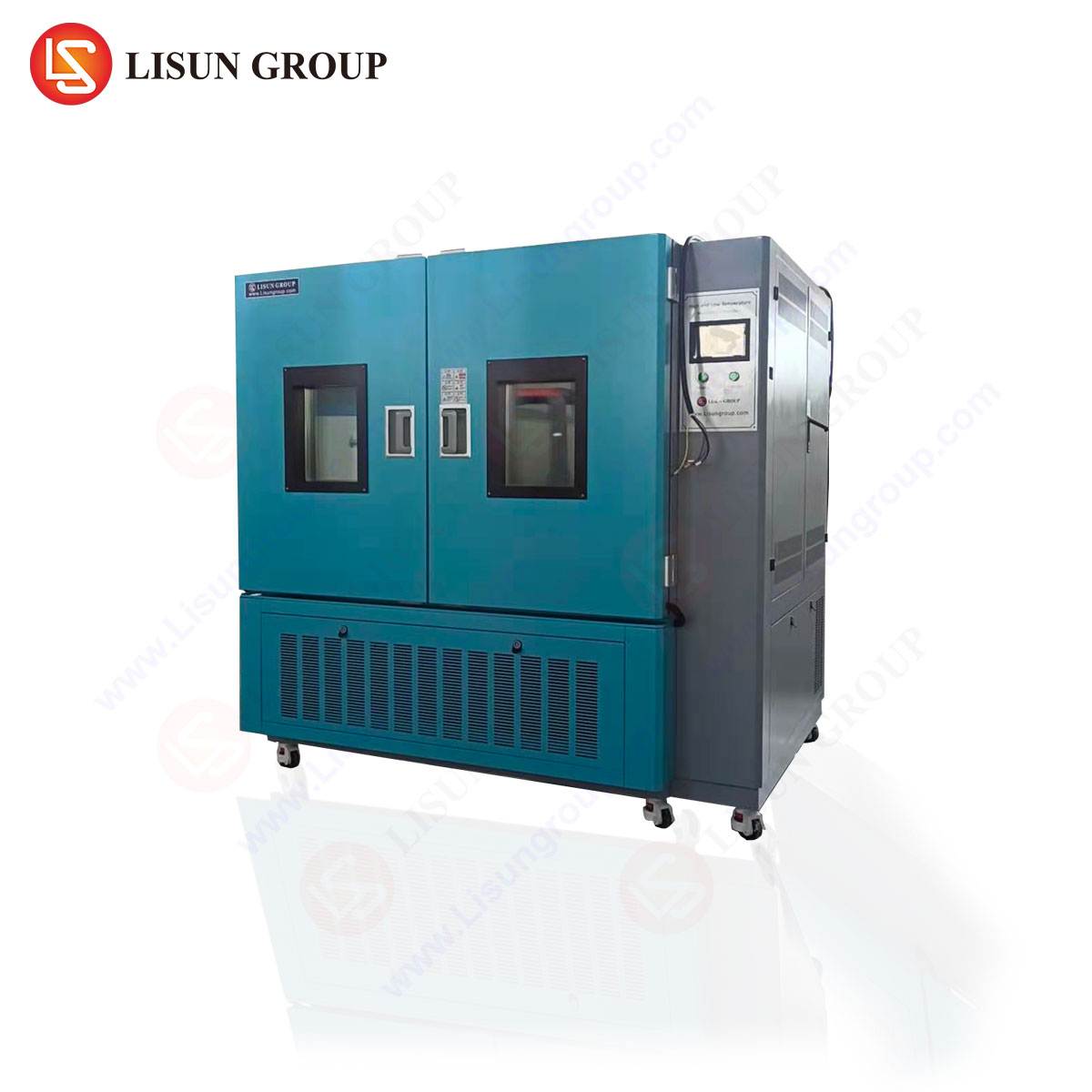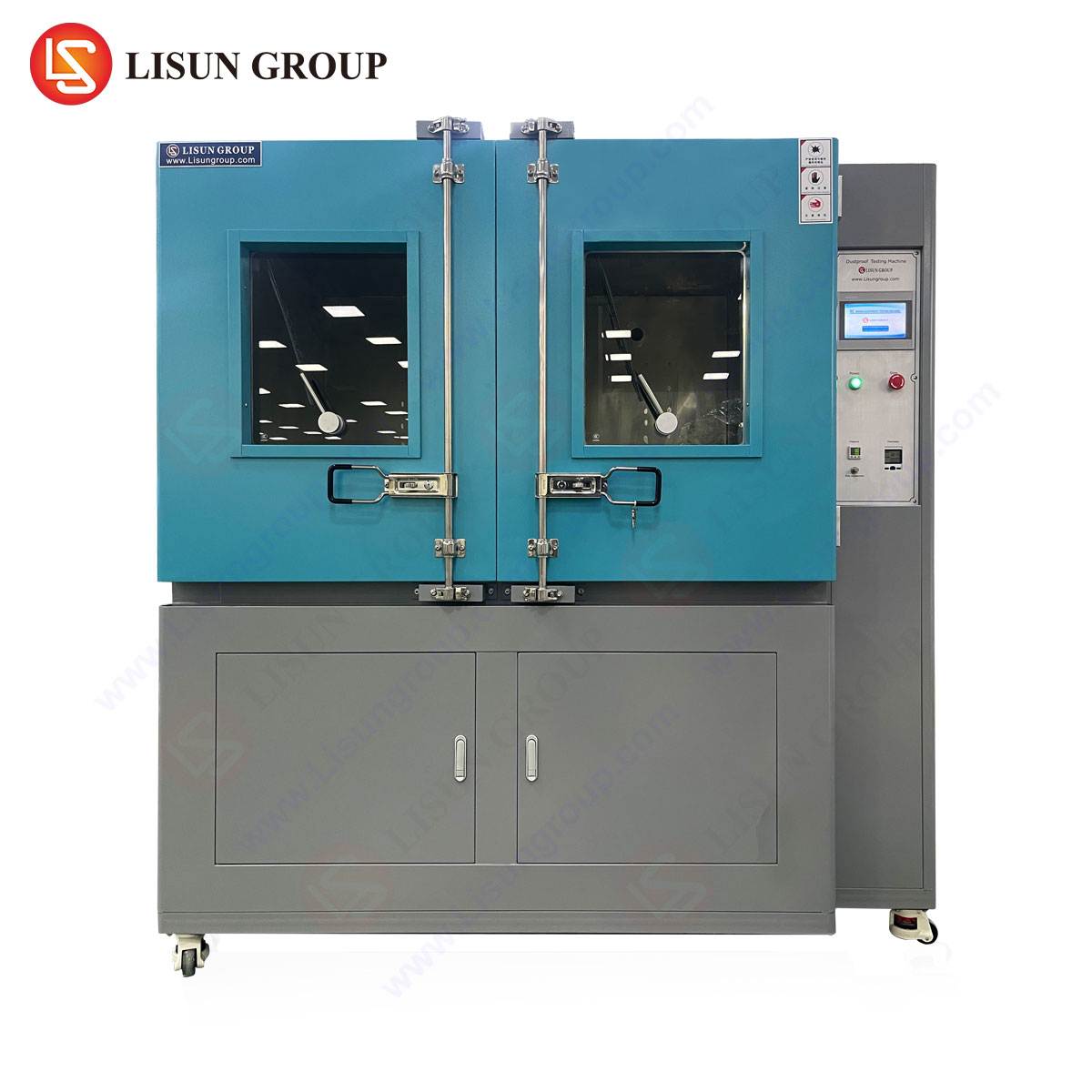Introduction to Glow Wire Testing
Glow wire testing is a standardized method for evaluating the flammability of materials used in electrical and electronic equipment. The test simulates thermal stress caused by overheated components or electrical faults, ensuring that materials resist ignition or limit flame propagation. Regulatory bodies such as IEC, UL, and EN mandate compliance with glow wire testing to mitigate fire hazards in consumer and industrial applications.
The LISUN ZRS-3H Glow-wire Test Apparatus is a precision instrument designed to perform these assessments in accordance with IEC 60695-2-10, IEC 60695-2-11, IEC 60695-2-12, IEC 60695-2-13, and other relevant standards. Its applications span industries including household appliances, automotive electronics, and medical devices, where material safety is critical.
Principles of Glow Wire Testing
The test involves heating a nichrome wire to a specified temperature (typically between 550°C and 960°C) and applying it to a test specimen under controlled conditions. The wire’s thermal energy simulates an overheating component, while sensors monitor ignition, flame duration, and material behavior. Key evaluation criteria include:
- Ignition Time: Duration before the specimen ignites.
- Flame Duration: Time the specimen continues burning after glow wire removal.
- Material Dripping: Whether molten particles ignite surrounding materials.
The LISUN ZRS-3H employs a PID-controlled heating system to maintain precise temperature stability (±2°C), ensuring repeatable and accurate results.
Technical Specifications of the LISUN ZRS-3H
The LISUN ZRS-3H Glow-wire Test Apparatus is engineered for high repeatability and compliance with international standards. Key specifications include:
| Parameter | Specification |
|---|---|
| Temperature Range | 550°C – 960°C |
| Heating Element | Nichrome (Ni80Cr20) wire, Ø4.0mm |
| Temperature Control | PID-regulated, ±2°C accuracy |
| Test Duration | Programmable (1s – 999s) |
| Force Application | 1.0N ± 0.1N (adjustable) |
| Dimensions | 700mm × 450mm × 550mm (W×D×H) |
| Power Supply | 220V AC, 50/60Hz |
The apparatus features an integrated exhaust system to remove combustion byproducts, enhancing operator safety.
Industry Applications and Compliance Requirements
Electrical and Electronic Equipment
Components such as switches, relays, and connectors must resist ignition under fault conditions. The LISUN ZRS-3H verifies compliance with IEC 60695-2-11, ensuring materials do not propagate flames in devices like power supplies and circuit breakers.
Household Appliances
Toasters, coffee makers, and hair dryers incorporate plastic housings that must self-extinguish when exposed to thermal stress. Testing at 750°C or 850°C confirms compliance with EN 60335-1.
Automotive Electronics
With increasing electrification, glow wire testing is critical for battery management systems, infotainment controls, and wiring harnesses. The LISUN ZRS-3H meets ISO 20653 and LV 312-1 standards for flame resistance.
Medical Devices
Equipment such as patient monitors and imaging systems must prevent fire risks in oxygen-rich environments. The apparatus tests enclosures and insulation per IEC 60601-1.
Competitive Advantages of the LISUN ZRS-3H
- Precision Temperature Control: The PID system minimizes fluctuations, reducing false positives/negatives.
- Automated Force Application: A calibrated weight system ensures consistent pressure (±0.1N).
- Enhanced Safety Features: A fume extraction unit and thermal barriers protect operators.
- Multi-Standard Compliance: Validates tests per IEC, EN, UL, and GB standards.
Testing Methodology and Data Interpretation
A typical test sequence involves:
- Specimen Preparation: Conditioning materials at 23°C ± 2°C and 50% ± 5% humidity.
- Calibration: Verifying glow wire temperature using a thermocouple.
- Application: Pressing the heated wire onto the specimen for 30s.
- Observation: Recording ignition, flame duration, and dripping.
Results are classified as:
- Pass: No ignition or flames extinguishing within 30s.
- Fail: Sustained combustion or ignition of adjacent materials.
Case Study: Insulation Material Evaluation
A manufacturer of industrial control systems tested polycarbonate enclosures using the LISUN ZRS-3H at 850°C. The material exhibited no ignition, confirming suitability for high-temperature environments.
Frequently Asked Questions
Q1: What standards does the LISUN ZRS-3H comply with?
The apparatus meets IEC 60695-2-10 to -13, EN 60335-1, and ISO 20653.
Q2: How is temperature accuracy maintained?
A PID controller and K-type thermocouple ensure ±2°C stability.
Q3: Can the machine test vertically oriented specimens?
Yes, the test rig accommodates horizontal and vertical orientations per IEC 60695-2-12.
Q4: What safety features are included?
Fume extraction, thermal insulation, and emergency stop functions mitigate hazards.
Q5: How often should the glow wire be replaced?
Replace after 50 tests or if oxidation reduces diameter below 3.9mm.







